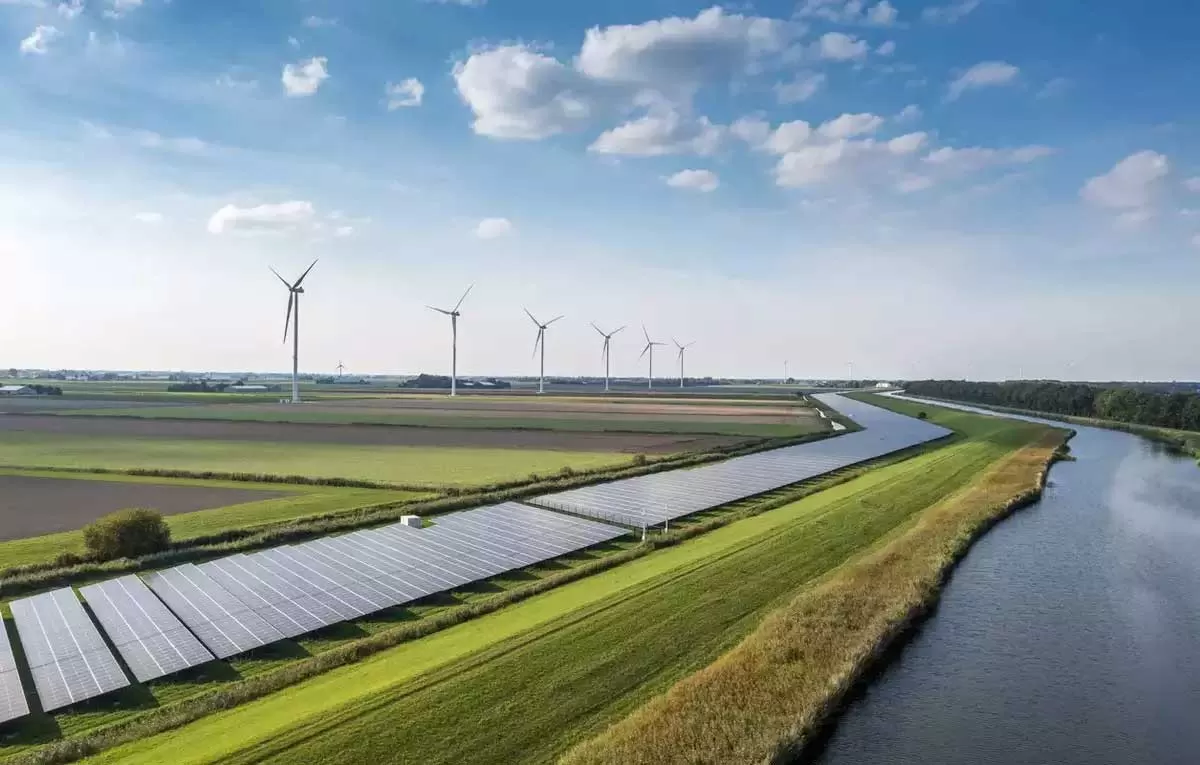A slew of tragic incidents, such as the CST foot-over-bridge collapse, among several others, has shone the spotlight on India’s poor and ageing civic infrastructure. According to industry data, India has about 135,000 rail bridges, of which nearly 25 per cent are over 100 year sold and need immediate replacement. Although over 1,000 bridges are rehabilitated every year, there is a huge backlog in rebuilding these bridges. Given that India has a coastline of 7,500 km and the high air-borne salts in marine environments, bridges in these areas are exposed to rapid corrosion and are vulnerable to collapse.
Infrastructure in the current ecosystem requires easy design and fabrication, reduced lifecycle cost, resistance to corrosion and fire, high strength-to-weight ratio and quick turnaround time for project completion. All these properties are inherent to stainless steel, making it the optimal choice for India’s infrastructure. For safe, sustainable and maintenance-free infrastructure, KK Pahuja, President, ISSDA, appeals to local civic authorities and concerned departments to adopt stainless steel in all infrastructural projects, as it would enhance life-cycle and durability. He shares more on the advantages of its use in infrastructure projects.
Enabling modern construction
India is a four-season country with its own dynamics, enabling scope for both brownfield and greenfield expansion simultaneously. Hence, construction has to be energy, water and material-efficient apart from being sustainable. The recent railway bridge collapses in Mumbai have reiterated the need for a more wise choice of construction metal. Resistance to corrosion, lightweight structural properties, slower ageing and a virtually maintenance-free life make stainless steel indispensable for Indian infrastructural needs. Further, India’s vast coastline of nearly 7,500 km necessitates an efficient metal for construction in this region, owing to the highly saline and corrosion-prone environment. Stainless steel, thus, holds prominence in coastal infrastructural applications.
The Government has rolled out ambitious programmes aimed at improving rural and urban infrastructure, such as the Atal Mission for Rejuvenation and Urban Transformation (AMRUT), smart cities, Swachh Bharat Mission, Sagarmala for coastal infrastructural development, and Transit Oriented Development (TOD) for the expansion and modernisation of metros, railways, airports and bus rapid transits. All these spell an increased demand for stainless steel.
The efficacy of steel has been proven time and again. The Progreso Pier Bridge in Mexico, built in 1941 using stainless steel rebars, is the most famous example. The recently unveiled Hong Kong-Macau-Zhuhai Bridge is the world's longest sea bridge, where nearly 10,000 mt of stainless steel reinforcement bars have been used. The revolutionary Train 18, Vande Bharat Express, uses stainless steel shells supplied by Jindal Stainless. Airports supporting stainless steel include Aeropeurtade Barajas, Spain, Dallas Fort Worth International Airport in the US, and Suvarnabhumi Aiport, Thailand. These infrastructural marvels, adorned by stainless steel, speak volumes for the metal.
Supporting public infrastructure
Stainless steel is increasingly being adopted for modern public infrastructure, such as railway bridges, foot-over-bridges, benches, water coolers, bus stands, sinks, elevators, hand rails, gates, roofing, façade cladding, street furniture and sculptures, public dustbins, etc. Mass transit infrastructure such as airports, railway stations, subway stations, gateways and transportation; structural applications such as flyovers and bridges; and heavy machinery and process industries are all relying on stainless steel for a sustainable and longer life. The undeniable strength and low lifecycle costs of stainless steel are two key parameters for architects and engineers for new project execution.
Making cities smart and houses affordable
Stainless steel is pioneering the era of smart cities by providing optimal and sustainable housing solutions. As a material, it is immune to external stress, is fire-resistant, and endures seismic activities, making it a judicious choice for urban construction. Apart from this, stainless steel water tanks, pipes and tubes provide better insulation against toxic chemicals released from conventional plastic and concrete tanks and tubes, along with algae and fungus growth. Further, the aesthetic excellence and longevity of stainless steel kitchenware and tableware in household applications are undeniable. As a hygienic metal with extended lifecycle, stainless steel housing solutions help improve quality of life and reduce recurring maintenance costs. Stainless steel rebars can enhance the life of housing structures. These maintenance-free structures contribute to significant savings for the affordable housing sector. Although the initial cost may be slightly higher, an enhanced lifecycle makes stainless steel a value-for-money investment.
Beneficial over conventional metals
Compared to competitor metals, stainless steel has the highest corrosion resistance, owing to the presence of chromium. This is in contrast to the zinc, zinc-aluminium or epoxy coatings used to prevent corrosion in carbon steel infrastructure, posing recurring maintenance costs. In addition, stainless steel is immune to external stress and weatherproof, proving to be a more sustainable alternative with longer life. As a result, with negligible maintenance and minimal lifecycle costs, stainless steel proves to be economical compared to competitor materials. Apart from this, unlike aluminium, stainless steel shows better ductility, high strength-to-weight ratio, and fire-resistance, ensuring lighter structures with impeccable strength and firm build, which are less likely to fail during earthquakes. Additionally, stainless steel reinforcement bars across coastal regions prevent untimely wear and tear of concrete infrastructure owing to corrosion. Stainless steel significantly extends the service life of structures beyond 100 years. It further reduces public life disruption and cost incurred from avoidable rehabilitation projects. Being nearly 100 per cent recyclable, stainless steel is a green and hygienic metal compared to other metals, thereby causing no environmental damage. Thus, using stainless steel in rebars and roofing solutions turns out beneficial compared to conventional construction material.
Green and sustainable
Stainless steel is nearly 100 per cent recyclable as it is majorly manufactured from its scrap along with other raw materials like nickel, ferro-chrome, etc. Moreover, it is an inert metal and does not contaminate air or water upon contact. This ensures that when used in varying environments, stainless steel structures have longer lives with minimal maintenance requirements, along with minimising the carbon footprint in the atmosphere. As a hygienic metal, stainless steel has anti-microbial properties, making it apt for water management, waste management and healthcare applications. Unlike mild steel, nearly 100 per cent of stainless steel can be converted into new materials at the end of its life-cycle.
The big potential
India is the second largest producer and consumer of stainless steel in the world. With the domestic industry equipped to manufacture world-class stainless steel grades for a wide array of industrial applications along with specialty grades and finishes, stainless steel availability in India is far from a concern. The current per-capita consumption of stainless steel in India is at ~2 kg, compared to the global average of ~6 kg. This confirms the wide potential for stainless steel consumption by the Indian end-user.
Further, with a CAGR of 8-9 per cent, stainless steel is the fastest growing metal in the world. It is the ideal metal for architectural and construction applications in India, both of which augment GDP growth in the country.
The Indian Railways is already relying on stainless steel for its upcoming infrastructure along with other utilities. A caseinpoint is the proposed stainless steel foot-over-bridge at Bhayandar station in Mumbai by the Indian Railways. It’s time for others to follow suit!

















